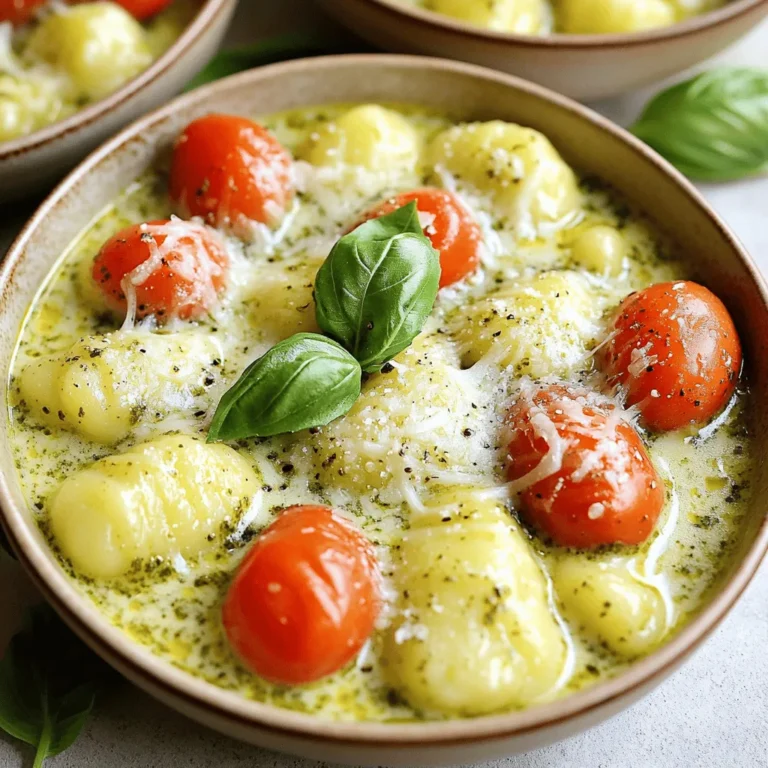Flavorful Vegetable Fried Rice Easy Cooking Guide
. Enjoy your cooking! Start by washing your vegetables well. Fresh veggies make the dish pop! Dice the mixed peppers into small cubes. Cut the carrot into thin strips, or julienne it. Trim the sugar snap peas and separate the broccoli into small florets. The key is to keep all the pieces similar in size, so they cook evenly. For this recipe, use cooked jasmine rice. Day-old rice works best because it's less sticky. If you need to cook rice, rinse it under cold water until the water runs clear. This step helps remove excess starch. Then, cook it according to package instructions. Once done, let it cool before using. Heat two tablespoons of vegetable oil in a large pan or wok over medium-high heat. Add three minced garlic cloves and one teaspoon of grated ginger. Stir for about 30 seconds until fragrant. Next, toss in the broccoli and stir-fry for two minutes. Now, add the julienned carrots, sugar snap peas, and diced peppers. Stir-fry these for another three to four minutes until they're tender but still crisp. Push the veggies to one side of the pan. Add the cooked rice to the other side. Drizzle two tablespoons of soy sauce and one tablespoon of sesame oil over the rice. Use a spatula to break up any clumps and mix everything well. Finally, add sliced green onions and season with salt and pepper to taste. Cook for two more minutes to let the flavors blend. Serve hot, garnished with sesame seeds and fresh cilantro leaves. For the full recipe, check out the detailed instructions! To make fluffy rice, start with cold, day-old rice. Freshly cooked rice is too moist. Spread it out on a plate to cool and dry. This helps separate the grains. When cooking, use a bit less water than usual. This prevents soggy rice. For the best results, choose jasmine or basmati rice. They have a nice texture and flavor. Avoid sticky rice types for this dish. When you pick vegetables, look for bright colors and firm textures. Fresh veggies taste better and add crunch. Avoid any that look wilted or have brown spots. Store your vegetables in the fridge, but keep them dry. Use airtight bags to prevent moisture. This helps keep them fresh longer. Use them within a week for the best flavor. To get great flavor in your fried rice, use high heat. A hot pan sears the veggies and rice, adding depth. Start with garlic and ginger for aroma. Use soy sauce for a salty kick, but don’t overdo it. You can also add sesame oil for a nutty taste. Mix in the veggies at the right time. This keeps them crisp and colorful. For more ideas, try adding some chili flakes for heat or a splash of lime for brightness. For the full recipe, check out the Rainbow Veggie Fried Rice. {{image_4}} You can easily add protein to your vegetable fried rice. Tofu is a great choice for a plant-based meal. Use firm tofu for the best texture. Just cube the tofu and sauté it until it's golden. If you prefer meat, chicken is also a fantastic option. Use diced chicken breast and cook it until it’s no longer pink. Both options boost the meal’s nutrition and flavor. To keep your dish vegan, skip the chicken and use soy sauce that is gluten-free. Coconut aminos can also be a tasty substitute. For a gluten-free fried rice, make sure to check all sauce labels. You can enjoy this meal without compromising on taste or dietary needs. You can change the flavor of your fried rice easily. To make it spicy, add chili paste or red pepper flakes. For a sweeter taste, try adding a bit of pineapple or a drizzle of sweet soy sauce. Experiment with different herbs like basil or cilantro. Each variant can turn this simple dish into something new and exciting. Feel free to explore these variations to make your vegetable fried rice unique. For the full recipe, check out the Rainbow Veggie Fried Rice. Storing leftover vegetable fried rice is simple. First, let it cool. Place it in an airtight container. You can keep it in the fridge for up to three days. Make sure it’s sealed well to keep out moisture and odors. If you have a lot, divide it into smaller portions. This makes it easy to reheat later. To reheat your fried rice, use a skillet or a microwave. If you use a skillet, add a splash of water. This helps steam the rice and keeps it from drying out. Heat over medium heat for about five minutes. Stir often to warm it evenly. In the microwave, cover the rice with a damp paper towel. Heat for one to two minutes, checking every 30 seconds. You can freeze vegetable fried rice too. Place it in a freezer-safe container. Make sure to leave some space at the top. Rice expands when frozen. It can last up to three months in the freezer. To thaw, move it to the fridge overnight. You can also reheat it straight from the freezer. Just add a few extra minutes to your cooking time. This way, you’ll enjoy that great taste again! The best rice for fried rice is jasmine rice. It has a nice texture and flavor. Day-old rice works best because it dries out a bit. This helps keep the rice fluffy. You can also use long-grain rice if you prefer. Just make sure it's cooked and cooled before frying. Yes, you can use frozen vegetables. They are a quick and easy option. Just make sure to thaw and drain them first. This helps prevent excess water from making your fried rice soggy. Frozen mixes often have a nice variety, too. To make it healthier, add more veggies like spinach or peas. You can also reduce the oil used in cooking. Using low-sodium soy sauce cuts down on salt. Another option is to swap some rice for cauliflower rice. This adds fiber and lowers carbs. Vegetable fried rice has roots in China. It started as a way to use leftover rice and vegetables. Different cultures adapted the dish over time. You can find many versions worldwide, each with unique flavors and ingredients. Yes, you can prepare vegetable fried rice in advance. Cook the rice and veggies, then store them separately. You can mix them just before serving. This keeps everything fresh. It also makes it easy to reheat later. Check out the Full Recipe for more details! Vegetable fried rice offers a tasty, simple meal. We covered essential ingredients, types of rice, and optional flavors. You learned how to prepare veggies, cook rice, and mix everything for the best taste. Remember to store leftovers well and try different proteins or flavors for variety. Whether you prefer tofu, chicken, or vegan options, there’s a fried rice for you. Try these tips to elevate your dish and enjoy!](https://joymealplan.com/wp-content/uploads/2025/06/1a929e2b-4b2d-416b-b92a-3d8add5a3088.webp)
Are you ready to whip up a bowl of delicious Vegetable Fried Rice? This easy cooking guide will walk you through each step to create a colorful and tasty dish. From essential ingredients to clever tips, I’ve got you covered. Whether you’re cooking for yourself or hosting friends, this recipe makes a satisfying meal. Let’s dive into the world of flavors and learn how to make this favorite dish!
Ingredients
Essential Ingredients for Vegetable Fried Rice
To make a tasty vegetable fried rice, gather the following items:
– 2 cups cooked jasmine rice (best if from the day before)
– 1 cup mixed bell peppers (diced red, yellow, and green)
– 1 cup broccoli florets
– 1 cup sugar snap peas, trimmed
– 1 medium carrot, julienned
– 3 green onions, sliced
– 3 garlic cloves, minced
– 2 tablespoons soy sauce
– 1 tablespoon sesame oil
– 1 tablespoon vegetable oil
– 1 teaspoon fresh ginger, grated
– Salt and pepper to taste
– Sesame seeds for garnish
– Fresh cilantro leaves for garnish
Recommended Types of Rice
Jasmine rice works well for this dish. It has a lovely aroma and a soft texture. You can use other types like basmati or long-grain rice. Just make sure the rice is cold before cooking. This helps keep the grains separate and fluffy.
Optional Ingredients for Enhanced Flavor
Want to make your fried rice even better? Try adding these optional ingredients:
– Peas for extra sweetness
– Corn for a pop of color
– Cashews or peanuts for a crunchy bite
– Chili flakes for a spicy kick
– Egg for added protein and richness
Feel free to mix and match these ingredients.Enjoy your cooking!
Step-by-Step Instructions
Preparing the Vegetables
Start by washing your vegetables well. Fresh veggies make the dish pop! Dice the mixed peppers into small cubes. Cut the carrot into thin strips, or julienne it. Trim the sugar snap peas and separate the broccoli into small florets. The key is to keep all the pieces similar in size, so they cook evenly.
Cooking the Rice
For this recipe, use cooked jasmine rice. Day-old rice works best because it’s less sticky. If you need to cook rice, rinse it under cold water until the water runs clear. This step helps remove excess starch. Then, cook it according to package instructions. Once done, let it cool before using.
Combining Ingredients and Cooking Techniques
Heat two tablespoons of vegetable oil in a large pan or wok over medium-high heat. Add three minced garlic cloves and one teaspoon of grated ginger. Stir for about 30 seconds until fragrant. Next, toss in the broccoli and stir-fry for two minutes.
Now, add the julienned carrots, sugar snap peas, and diced peppers. Stir-fry these for another three to four minutes until they’re tender but still crisp.
Push the veggies to one side of the pan. Add the cooked rice to the other side. Drizzle two tablespoons of soy sauce and one tablespoon of sesame oil over the rice. Use a spatula to break up any clumps and mix everything well.
Finally, add sliced green onions and season with salt and pepper to taste. Cook for two more minutes to let the flavors blend. Serve hot, garnished with sesame seeds and fresh cilantro leaves.
Tips & Tricks
Best Practices for Fluffy Rice
To make fluffy rice, start with cold, day-old rice. Freshly cooked rice is too moist. Spread it out on a plate to cool and dry. This helps separate the grains. When cooking, use a bit less water than usual. This prevents soggy rice. For the best results, choose jasmine or basmati rice. They have a nice texture and flavor. Avoid sticky rice types for this dish.
How to Choose and Store Fresh Vegetables
When you pick vegetables, look for bright colors and firm textures. Fresh veggies taste better and add crunch. Avoid any that look wilted or have brown spots. Store your vegetables in the fridge, but keep them dry. Use airtight bags to prevent moisture. This helps keep them fresh longer. Use them within a week for the best flavor.
Cooking Tips for Achieving the Right Flavor
To get great flavor in your fried rice, use high heat. A hot pan sears the veggies and rice, adding depth. Start with garlic and ginger for aroma. Use soy sauce for a salty kick, but don’t overdo it. You can also add sesame oil for a nutty taste. Mix in the veggies at the right time. This keeps them crisp and colorful. For more ideas, try adding some chili flakes for heat or a splash of lime for brightness.
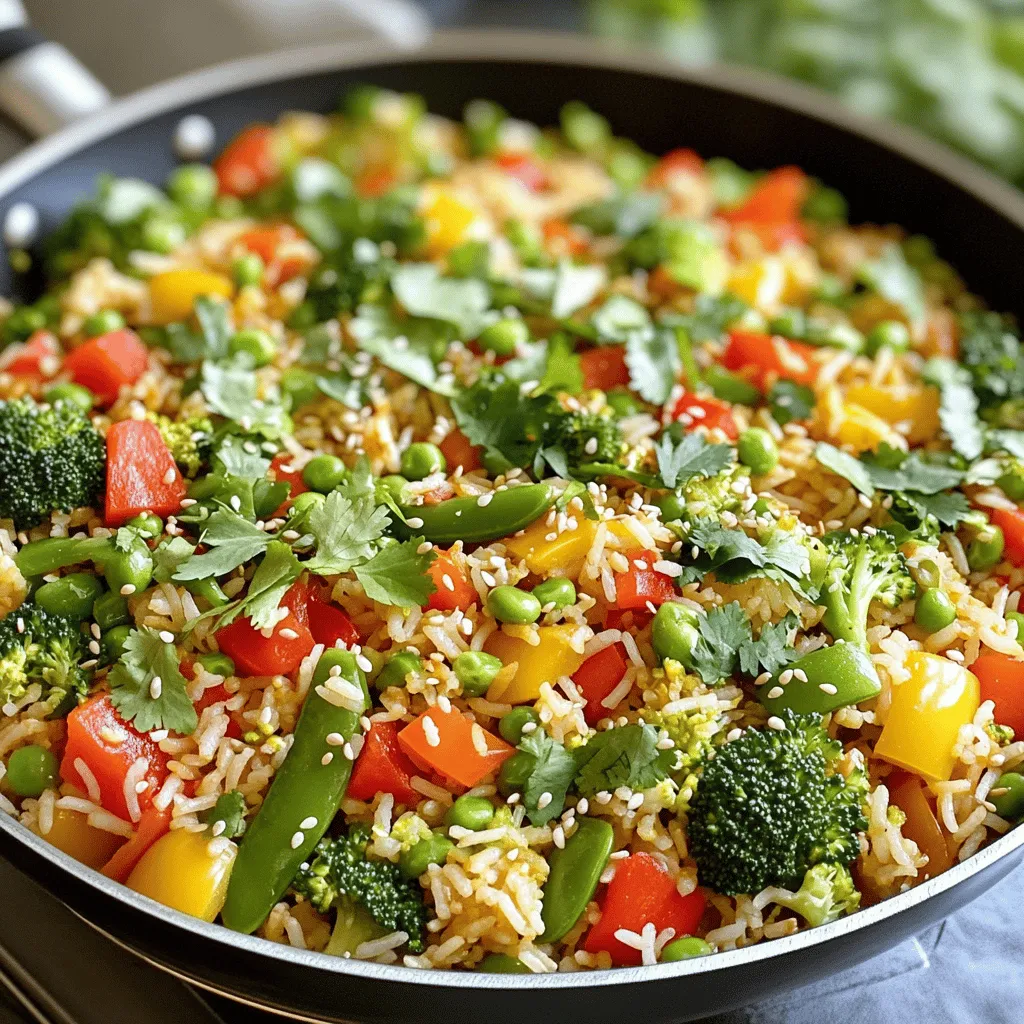
Variations
Protein Additions: Tofu or Chicken
You can easily add protein to your vegetable fried rice. Tofu is a great choice for a plant-based meal. Use firm tofu for the best texture. Just cube the tofu and sauté it until it’s golden. If you prefer meat, chicken is also a fantastic option. Use diced chicken breast and cook it until it’s no longer pink. Both options boost the meal’s nutrition and flavor.
Vegan and Gluten-Free Options
To keep your dish vegan, skip the chicken and use soy sauce that is gluten-free. Coconut aminos can also be a tasty substitute. For a gluten-free fried rice, make sure to check all sauce labels. You can enjoy this meal without compromising on taste or dietary needs.
Flavor Variants: Spicy, Sweet, and More
You can change the flavor of your fried rice easily. To make it spicy, add chili paste or red pepper flakes. For a sweeter taste, try adding a bit of pineapple or a drizzle of sweet soy sauce. Experiment with different herbs like basil or cilantro. Each variant can turn this simple dish into something new and exciting.
Feel free to explore these variations to make your vegetable fried rice unique.
Storage Info
Storing Leftover Vegetable Fried Rice
Storing leftover vegetable fried rice is simple. First, let it cool. Place it in an airtight container. You can keep it in the fridge for up to three days. Make sure it’s sealed well to keep out moisture and odors. If you have a lot, divide it into smaller portions. This makes it easy to reheat later.
Reheating Tips for Best Taste
To reheat your fried rice, use a skillet or a microwave. If you use a skillet, add a splash of water. This helps steam the rice and keeps it from drying out. Heat over medium heat for about five minutes. Stir often to warm it evenly. In the microwave, cover the rice with a damp paper towel. Heat for one to two minutes, checking every 30 seconds.
Freezing and Thawing Instructions
You can freeze vegetable fried rice too. Place it in a freezer-safe container. Make sure to leave some space at the top. Rice expands when frozen. It can last up to three months in the freezer. To thaw, move it to the fridge overnight. You can also reheat it straight from the freezer. Just add a few extra minutes to your cooking time. This way, you’ll enjoy that great taste again!
FAQs
What is the best type of rice for fried rice?
The best rice for fried rice is jasmine rice. It has a nice texture and flavor. Day-old rice works best because it dries out a bit. This helps keep the rice fluffy. You can also use long-grain rice if you prefer. Just make sure it’s cooked and cooled before frying.
Can I use frozen vegetables for this recipe?
Yes, you can use frozen vegetables. They are a quick and easy option. Just make sure to thaw and drain them first. This helps prevent excess water from making your fried rice soggy. Frozen mixes often have a nice variety, too.
How can I make my vegetable fried rice healthier?
To make it healthier, add more veggies like spinach or peas. You can also reduce the oil used in cooking. Using low-sodium soy sauce cuts down on salt. Another option is to swap some rice for cauliflower rice. This adds fiber and lowers carbs.
What are the origins of vegetable fried rice?
Vegetable fried rice has roots in China. It started as a way to use leftover rice and vegetables. Different cultures adapted the dish over time. You can find many versions worldwide, each with unique flavors and ingredients.
Can I prepare vegetable fried rice in advance?
Yes, you can prepare vegetable fried rice in advance. Cook the rice and veggies, then store them separately. You can mix them just before serving. This keeps everything fresh. It also makes it easy to reheat later.
Vegetable fried rice offers a tasty, simple meal. We covered essential ingredients, types of rice, and optional flavors. You learned how to prepare veggies, cook rice, and mix everything for the best taste.
Remember to store leftovers well and try different proteins or flavors for variety. Whether you prefer tofu, chicken, or vegan options, there’s a fried rice for you. Try these tips to elevate your dish and enjoy!
. Enjoy your cooking! Start by washing your vegetables well. Fresh veggies make the dish pop! Dice the mixed peppers into small cubes. Cut the carrot into thin strips, or julienne it. Trim the sugar snap peas and separate the broccoli into small florets. The key is to keep all the pieces similar in size, so they cook evenly. For this recipe, use cooked jasmine rice. Day-old rice works best because it's less sticky. If you need to cook rice, rinse it under cold water until the water runs clear. This step helps remove excess starch. Then, cook it according to package instructions. Once done, let it cool before using. Heat two tablespoons of vegetable oil in a large pan or wok over medium-high heat. Add three minced garlic cloves and one teaspoon of grated ginger. Stir for about 30 seconds until fragrant. Next, toss in the broccoli and stir-fry for two minutes. Now, add the julienned carrots, sugar snap peas, and diced peppers. Stir-fry these for another three to four minutes until they're tender but still crisp. Push the veggies to one side of the pan. Add the cooked rice to the other side. Drizzle two tablespoons of soy sauce and one tablespoon of sesame oil over the rice. Use a spatula to break up any clumps and mix everything well. Finally, add sliced green onions and season with salt and pepper to taste. Cook for two more minutes to let the flavors blend. Serve hot, garnished with sesame seeds and fresh cilantro leaves. For the full recipe, check out the detailed instructions! To make fluffy rice, start with cold, day-old rice. Freshly cooked rice is too moist. Spread it out on a plate to cool and dry. This helps separate the grains. When cooking, use a bit less water than usual. This prevents soggy rice. For the best results, choose jasmine or basmati rice. They have a nice texture and flavor. Avoid sticky rice types for this dish. When you pick vegetables, look for bright colors and firm textures. Fresh veggies taste better and add crunch. Avoid any that look wilted or have brown spots. Store your vegetables in the fridge, but keep them dry. Use airtight bags to prevent moisture. This helps keep them fresh longer. Use them within a week for the best flavor. To get great flavor in your fried rice, use high heat. A hot pan sears the veggies and rice, adding depth. Start with garlic and ginger for aroma. Use soy sauce for a salty kick, but don’t overdo it. You can also add sesame oil for a nutty taste. Mix in the veggies at the right time. This keeps them crisp and colorful. For more ideas, try adding some chili flakes for heat or a splash of lime for brightness. For the full recipe, check out the Rainbow Veggie Fried Rice. {{image_4}} You can easily add protein to your vegetable fried rice. Tofu is a great choice for a plant-based meal. Use firm tofu for the best texture. Just cube the tofu and sauté it until it's golden. If you prefer meat, chicken is also a fantastic option. Use diced chicken breast and cook it until it’s no longer pink. Both options boost the meal’s nutrition and flavor. To keep your dish vegan, skip the chicken and use soy sauce that is gluten-free. Coconut aminos can also be a tasty substitute. For a gluten-free fried rice, make sure to check all sauce labels. You can enjoy this meal without compromising on taste or dietary needs. You can change the flavor of your fried rice easily. To make it spicy, add chili paste or red pepper flakes. For a sweeter taste, try adding a bit of pineapple or a drizzle of sweet soy sauce. Experiment with different herbs like basil or cilantro. Each variant can turn this simple dish into something new and exciting. Feel free to explore these variations to make your vegetable fried rice unique. For the full recipe, check out the Rainbow Veggie Fried Rice. Storing leftover vegetable fried rice is simple. First, let it cool. Place it in an airtight container. You can keep it in the fridge for up to three days. Make sure it’s sealed well to keep out moisture and odors. If you have a lot, divide it into smaller portions. This makes it easy to reheat later. To reheat your fried rice, use a skillet or a microwave. If you use a skillet, add a splash of water. This helps steam the rice and keeps it from drying out. Heat over medium heat for about five minutes. Stir often to warm it evenly. In the microwave, cover the rice with a damp paper towel. Heat for one to two minutes, checking every 30 seconds. You can freeze vegetable fried rice too. Place it in a freezer-safe container. Make sure to leave some space at the top. Rice expands when frozen. It can last up to three months in the freezer. To thaw, move it to the fridge overnight. You can also reheat it straight from the freezer. Just add a few extra minutes to your cooking time. This way, you’ll enjoy that great taste again! The best rice for fried rice is jasmine rice. It has a nice texture and flavor. Day-old rice works best because it dries out a bit. This helps keep the rice fluffy. You can also use long-grain rice if you prefer. Just make sure it's cooked and cooled before frying. Yes, you can use frozen vegetables. They are a quick and easy option. Just make sure to thaw and drain them first. This helps prevent excess water from making your fried rice soggy. Frozen mixes often have a nice variety, too. To make it healthier, add more veggies like spinach or peas. You can also reduce the oil used in cooking. Using low-sodium soy sauce cuts down on salt. Another option is to swap some rice for cauliflower rice. This adds fiber and lowers carbs. Vegetable fried rice has roots in China. It started as a way to use leftover rice and vegetables. Different cultures adapted the dish over time. You can find many versions worldwide, each with unique flavors and ingredients. Yes, you can prepare vegetable fried rice in advance. Cook the rice and veggies, then store them separately. You can mix them just before serving. This keeps everything fresh. It also makes it easy to reheat later. Check out the Full Recipe for more details! Vegetable fried rice offers a tasty, simple meal. We covered essential ingredients, types of rice, and optional flavors. You learned how to prepare veggies, cook rice, and mix everything for the best taste. Remember to store leftovers well and try different proteins or flavors for variety. Whether you prefer tofu, chicken, or vegan options, there’s a fried rice for you. Try these tips to elevate your dish and enjoy!](https://joymealplan.com/wp-content/uploads/2025/06/1a929e2b-4b2d-416b-b92a-3d8add5a3088-300x300.webp)

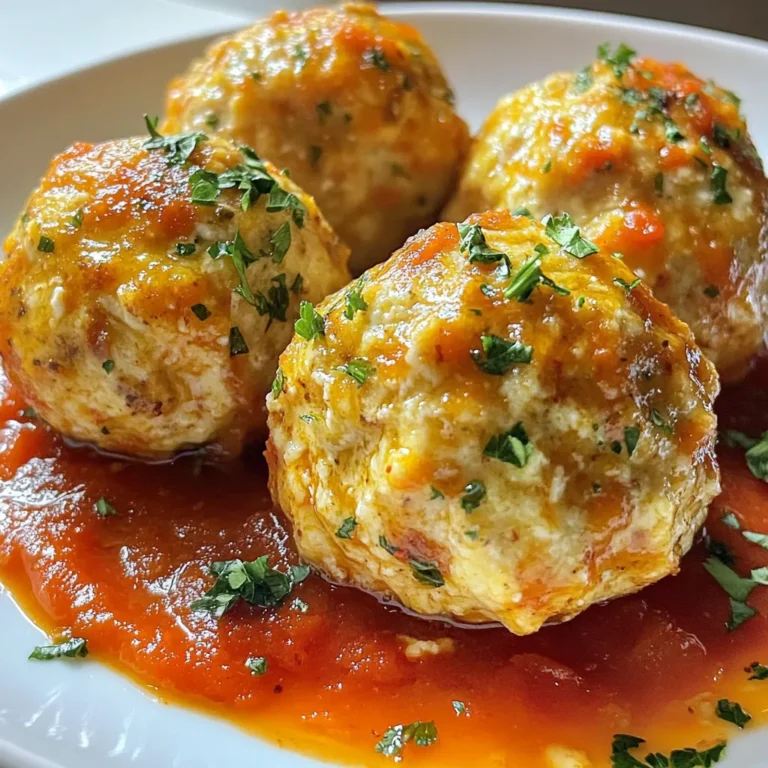
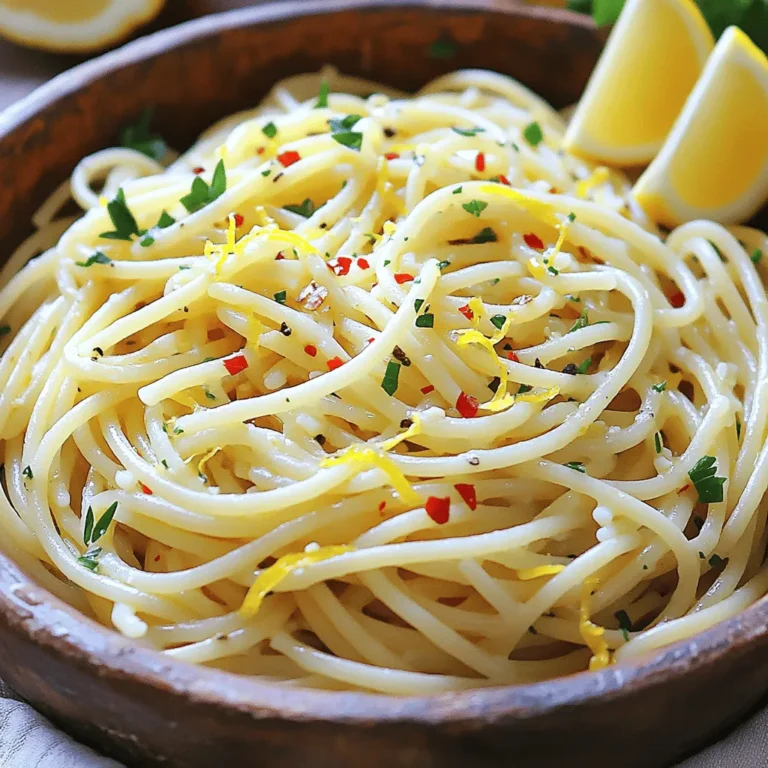
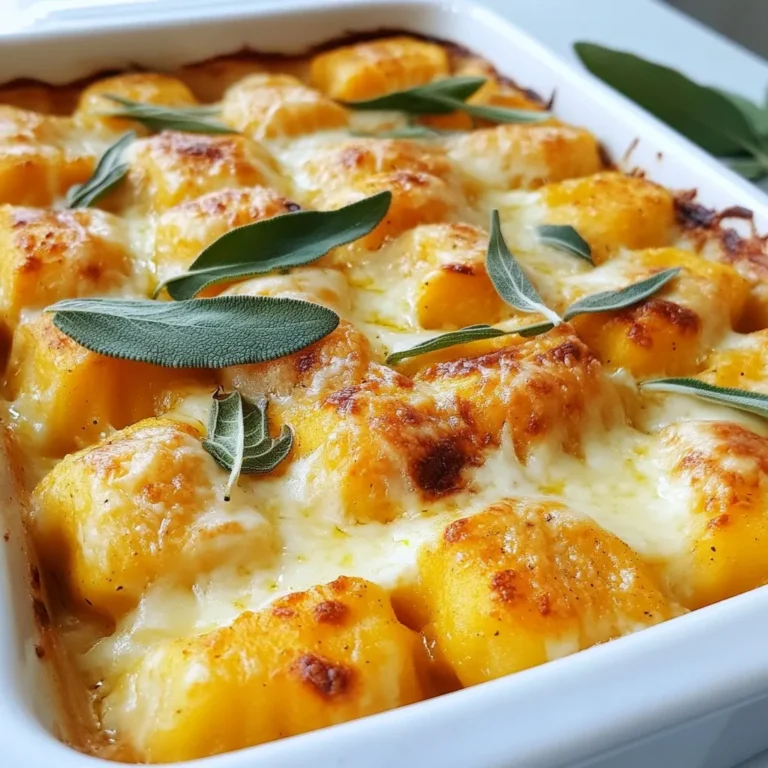

![- 1 lb ground beef - 1 can (28 oz) crushed tomatoes - 4 cups beef broth The main ingredients make this lasagna soup hearty and filling. Ground beef gives it a rich flavor. The crushed tomatoes add a sweet and tangy taste. Beef broth helps to create a savory base. This combo makes every spoonful comforting. - 1 cup ricotta cheese - 1 cup shredded mozzarella cheese - 1/2 cup grated Parmesan cheese Cheese plays a big role in this dish. Ricotta cheese brings creaminess. It melts beautifully and adds depth. The mozzarella cheese makes each bowl cheesy and gooey. Finally, Parmesan cheese gives a salty kick. Together, these cheeses create a lovely layering of texture and taste. - 2 cloves garlic, minced - 1 medium onion, finely chopped - 1 teaspoon dried basil - 1 teaspoon dried oregano Seasonings and aromatics are key to flavor. Fresh garlic and onion add wonderful aroma while cooking. Dried basil and oregano give a classic Italian taste. These simple ingredients transform the soup from basic to fantastic. Don't skimp on these; they make a big difference! For the full recipe, check [Full Recipe]. To start, I heat a splash of olive oil in a large pot over medium heat. Next, I add the chopped onion and sauté it for about 3-4 minutes. I want the onion to be soft and a bit clear. Then, I toss in the minced garlic. I stir it for about 30 seconds to let the aroma bloom. After that, I add 1 pound of ground beef to the pot. I break it into smaller pieces as it cooks. I cook until the beef is browned. If there is too much fat, I carefully drain it. Now comes the exciting part. I stir in 28 ounces of crushed tomatoes and 4 cups of beef broth. Then, I sprinkle in 1 teaspoon of dried basil, 1 teaspoon of dried oregano, and optional crushed red pepper flakes for heat. I season it with salt and black pepper. I increase the heat to bring the soup to a rolling boil. Once the soup boils, I lower the heat. I add 8 broken lasagna noodles into the pot. I let the soup simmer for about 10-12 minutes. I stir it occasionally, so the noodles do not stick. I want them to be al dente, just firm enough to bite into. For the complete recipe, check out the Full Recipe. To make your lasagna soup shine, use fresh herbs for garnish. Fresh basil adds a bright taste. It lifts the flavor and looks great too. You can even chop some and stir them in right before serving. For heat, balance the spices. Use crushed red pepper flakes for a kick. Adjust the amount to your taste. Start small, then add more if you like spice. Keep the noodles from becoming mushy by stirring them often. Once you add the broken noodles, pay attention! They should cook for about 10 to 12 minutes. If you want a thicker soup, mix in a little extra ricotta. It makes the soup creamy. You can also add more crushed tomatoes to thicken it up. Just remember to adjust the seasoning. Serve the soup in rustic bowls for a cozy look. A drizzle of olive oil on top adds a nice shine. It also enhances the flavor. Pair the soup with crusty bread for dipping. This makes each bite more satisfying. You can even sprinkle some extra cheese on top for a gourmet touch. {{image_4}} You can easily make this soup vegetarian. Instead of ground beef, use mushrooms or lentils. Mushrooms add a nice texture and flavor. Lentils are hearty and full of protein. Both options keep the soup filling and tasty. You will still enjoy the rich flavors of the sauce. If you need a gluten-free option, swap regular pasta for gluten-free pasta. Many stores carry great gluten-free noodles now. They cook up just as well as regular pasta. Just follow the package instructions for best results. This way, everyone can enjoy the soup without worry. Feel free to add more veggies to your soup! Spinach is a great choice; it wilts nicely and adds nutrients. Zucchini can also be a fun addition. You can chop it up and throw it in during the last few minutes of cooking. This boosts the flavor and makes the soup even heartier. Check out the Full Recipe for more ideas on how to customize your lasagna soup! To store your Easy Lasagna Soup, let it cool first. Then, pour the soup into an airtight container. Make sure to seal it well. Place it in the fridge. It will stay fresh for about 3 to 4 days. When you're ready to eat, just reheat it on the stove or in the microwave. Stir occasionally to heat evenly. If you want to save some for later, freezing is a great option. Pour the cooled soup into freezer-safe containers. Leave some space at the top, as the soup will expand when frozen. You can freeze the soup for up to 3 months. To reheat, thaw it in the fridge overnight. Heat it on the stove until warm, stirring often. You can add a little extra broth if it seems too thick. For the best taste, try to eat your soup within a week of making it. After that, the flavors may not be as fresh. Always check for signs of spoilage before eating. If it smells off or looks strange, it’s best to throw it out. Enjoy your Easy Lasagna Soup while it’s at its best! To make Easy Lasagna Soup, follow these simple steps: 1. Heat olive oil in a large pot. 2. Sauté chopped onion until it's soft. 3. Add minced garlic and ground beef. Cook until the beef is brown. 4. Stir in crushed tomatoes, beef broth, and spices. 5. Bring the soup to a boil, then add broken lasagna noodles. 6. Simmer for about 10-12 minutes until noodles are al dente. This soup is easy and quick. You can enjoy a warm bowl in just 30 minutes. For the full recipe, check out the [Full Recipe]. Yes, you can mix and match cheeses! Here are some tasty options: - Use cottage cheese instead of ricotta for a different texture. - Swap mozzarella for provolone for a sharper taste. - Try adding goat cheese for a tangy flavor. Feel free to experiment with your favorite cheeses. It’s a fun way to make the soup unique! Lasagna soup can be healthy if you watch your portions. It has protein from the beef and calcium from the cheese. Here are some tips to keep it nutritious: - Use lean ground beef or turkey to cut down on fat. - Add extra veggies like spinach or bell peppers for more nutrients. - Control your cheese portions to lower the calorie count. This soup can fit well in a balanced diet if you enjoy it in moderation. Absolutely! Making lasagna soup ahead of time is easy. Here are some tips: - Prepare the soup base and store it in the fridge. Add noodles when you heat it up. - You can freeze the soup too. Just leave out the noodles, as they get mushy when frozen. - To reheat, warm it on the stove over low heat. Stir often to keep it from sticking. Making it ahead saves time and fills your home with a lovely aroma! This blog post covers how to make easy lasagna soup, starting with key ingredients like ground beef, tomatoes, and cheese. I shared step-by-step instructions to guide you through cooking the base and building the soup. Helpful tips teach you how to enhance flavor and texture. For those with dietary needs, I included variations and storage info for leftovers. Lasagna soup is a flexible and fun dish. Enjoy tailoring it to your taste, and impress your family tonight.](https://joymealplan.com/wp-content/uploads/2025/06/4153c456-5d21-4a28-8392-80b5992a6e3c-768x768.webp)
